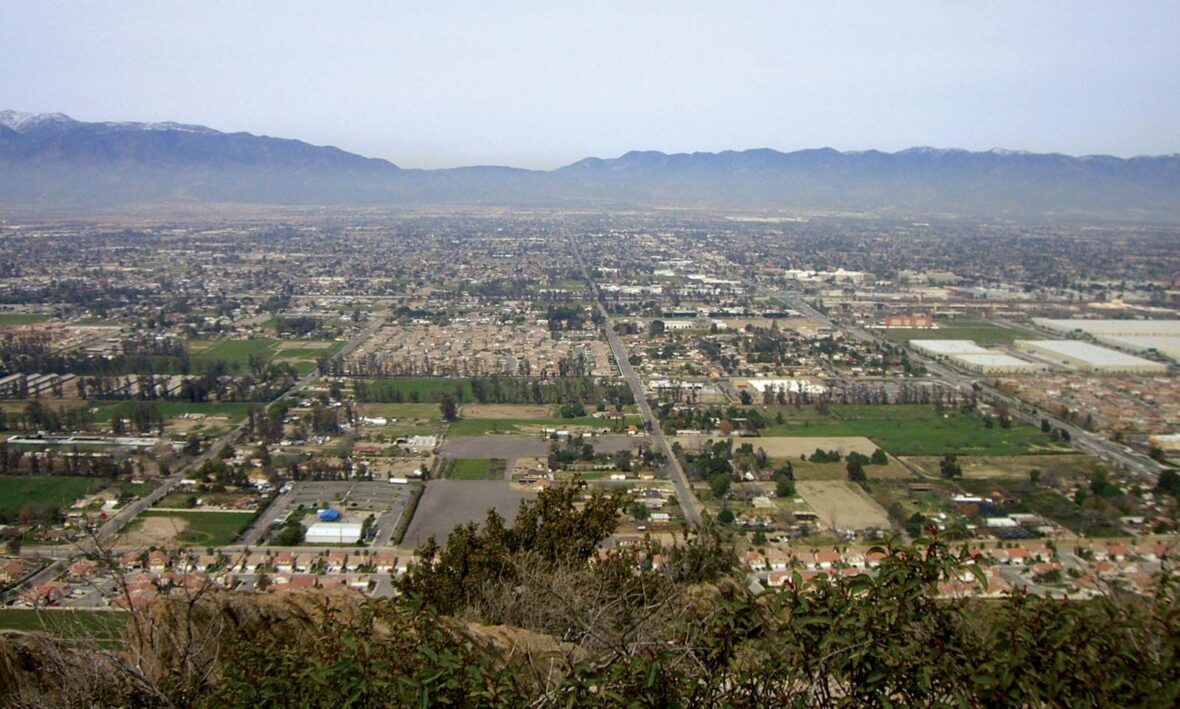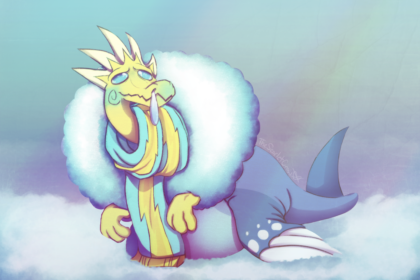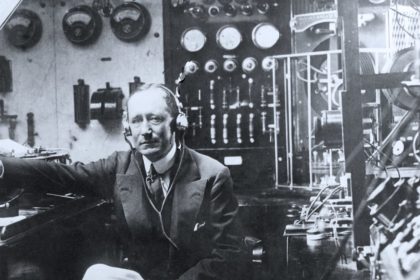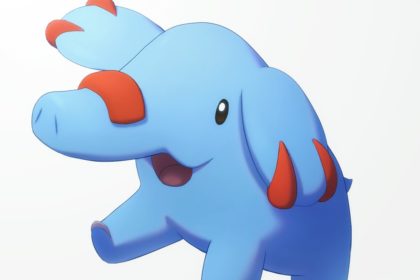Fontana is a city in San Bernardino County, California. Take a look below for 20 interesting and fascinating facts about Fontana, California, United States.
1. Founded by Azariel Blanchard Miller in 1913, it remained essentially rural until World War II, when entrepreneur Henry J. Kaiser built a large steel mill in the area.
2. It is now a regional hub of the trucking industry, with the east–west Interstate 10 and State Route 210 crossing the city and Interstate 15 passing diagonally through its northwestern quadrant.
3. It is home to a renovated historic theater, a municipal park, and the Auto Club Speedway on the site of the Kaiser Steel Mill.
4. Fontana also hosts the Fontana Days Half Marathon and 5K run.
5. This race is the fastest half-marathon course in the world.
6. The United States Census Bureau reported that Fontana’s 2020 population was 208,393, making it the second-most populous city in San Bernardino County and the 21st largest in the state
7. Fontana was founded in 1919 by Azariel Blanchard Miller.
8. The name fontana is Italian for fountain or water source, being in close proximity to the Santa Ana River to the east. Within a few years it became an agricultural town of citrus orchards, vineyards and chicken ranches and astride U.S. Route 66 (now known as Foothill Boulevard).
9. The Fontana area was radically transformed during World War II when Henry J. Kaiser built the Kaiser Steel plant, at the time one of only two steel mills west of the Mississippi River outside the city limits.
10. To provide for the plant workers’ health needs, Henry J. Kaiser constructed the Fontana Kaiser Permanente medical facility, now the largest managed care organization in the United States.
11. In the 1950s and 1960s, Fontana was home to a drag racing strip that was a venue in the NHRA circuit. Mickey Thompson’s Fontana International Dragway was also referred to as Fontana Drag City or Fontana Drag Strip.
12. The original Fontana strip is gone, but the owners of NASCAR’s new Auto Club Speedway opened a NHRA-sanctioned drag strip in Fontana in mid-2006.
13. Ro-Val’s automobile museum, located on Foothill Boulevard on the western outskirts between Fontana and Cucamonga, was the home for many classic automobiles of the 1920s and 1930s, including a huge vehicle once owned by screen actor Fatty Arbuckle.
14. When the Ro-Val museum closed, the vehicles were sold to Bill Harrah, a Nevada casino owner and automobile collector, who placed them on display in the museum located at his casino.
15. As of the 2000 census, the city had a total population of 128,929, but the present population is now estimated to have exceeded 210,000. This rapid expansion has had much to do with the numerous large, new residential developments in the sparsely populated northern part of the city, as well as with the city’s aggressive (and highly successful) campaign to annex several unincorporated, but developed, San Bernardino county island areas in 2006–2007.
16. In 2021, city leadership was criticized by the California State Controller’s Office for paying former city manager Ken Hunt $932,623 in 2020 though he hadn’t worked a single day.
17. The city mayor and city council declined to explain why such compensation was warranted for a city manager who hadn’t worked in the city since 2019. The city council also failed to follow the Brown Act, which requires public agencies to specifically list closed-session items for terminations.
18. Located next door to the Lewis Library on Sierra stands the Center Stage Theater. Built in the Art Deco style in 1937, and designed by architect C.H. Boller, the former Fontana (movie) Theater was recently renovated during 2004–2008 after several decades of various other uses, into a live dinner theater, with $6,000,000 in funds earmarked by the Fontana City Council. It reopened to the public on July 25, 2008.
19. Next door to the Lewis Library and Technology Center, the Steelworkers’ Auditorium houses events like Performance Tuesdays, theatre camps, acting classes, musical classes, summer reading programs, family movie nights, performance recitals and dance classes.
20. The Art Depot is one of Fontana’s original community centers, and is a specialized Cultural Arts facility. Originally built as a freight depot of the Pacific Electric Railway in 1915, the Art Depot sits alongside the newly landscaped Pacific Electric Trail in the Helen Putnam Historical Plaza. The Art Depot offers art classes, open studio activities, and special events.




